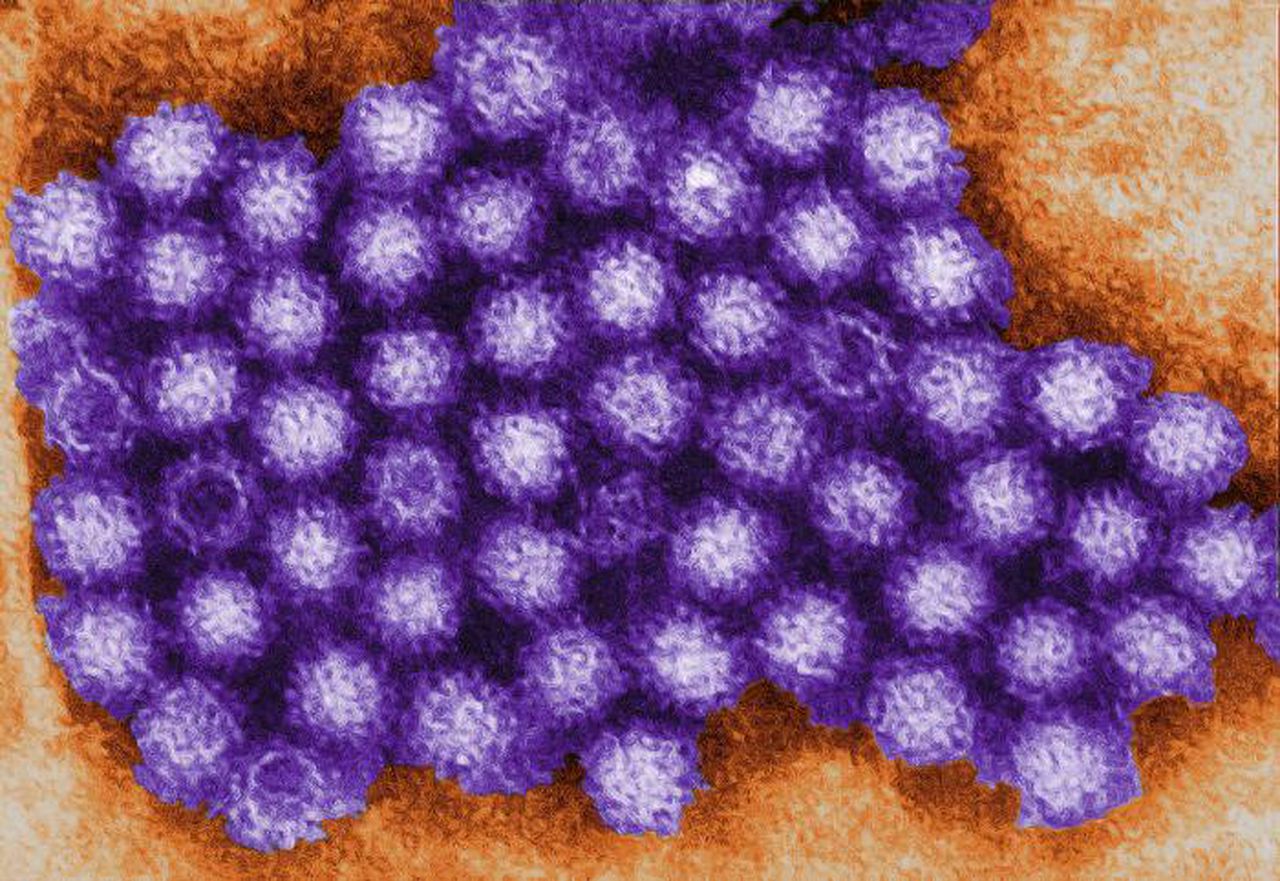Stomach bug outbreak: Norovirus cases up 30%, CDC warns
First it was COVID. Then RSV. Then the flu.
Well, respiratory infections are out after they filled emergency rooms and doctor’s offices throughout the fall and winter. Now there’s a new outbreak: norovirus, aka the dreaded stomach bug.
Cases of the virus are rising across the country, according to the Centers for Disease Control and Prevention.
This season, 225 outbreaks have been reported between Aug. 1 and Jan. 8 in the 14 states that provide norovirus data to the CDC. That’s a roughly 30% rise from this time last year, when 172 outbreaks were reported. Despite the increase, the CDC says this season is still in range with past years.
How many of us have caught a stomach bug without knowing the source of that gurgling, aching, rebelling tummy? Well, it’s not influenza. Instead, what you’re experiencing in most cases is the result of norovirus, a contagious virus that causes painful stomach cramps, nausea, vomiting and diarrhea.
And the norovirus is having a moment this season with a spike in cases throughout the U.S.
Everyone is susceptible to the infection, whether by coming into contact with a sick person, consuming contaminated food or water, or touching contaminated surfaces and then putting hands in your mouth, the CDC says. Infections typically occur between November and April.
Where is the virus found? Often in vomit and poop (sorry to say).
“Norovirus can be found in your vomit or feces even before you start feeling sick,” the CDC says. “The virus can also stay in your feces for two weeks or more after you feel better.”
This is why we all should wash our hands for at least 20 seconds, says the CDC, which noted that hand sanitizer can be ineffective in killing norovirus.
“You can use hand sanitizers in addition to hand washing, but hand sanitizer is not a substitute for washing your hands with warm water and soap,” the CDC says.
Young children, older people and the immunocompromised are at higher risk. Infections can even be deadly, although those cases are relatively rare. Norovirus infections kill about 900 Americans every year — mostly people 65 and older. They’re also responsible for 465,000 emergency department visits each year, mostly involving young kids.
The bathroom is a prime spot to contract the virus, as people often “get norovirus by accidentally getting tiny particles of feces or vomit from an infected person in your mouth,” the CDC says. “You can shed billions of norovirus particles that you can’t see without a microscope. Only a few norovirus particles can make other people sick.”
People are most contagious when they are displaying symptoms — particularly when still vomiting and in the initial period after recovering from illness.
There is no treatment for norovirus infections. If sick, the key is hydration, the CDC says.
“If you have norovirus illness, you should drink plenty of liquids to replace fluid lost from vomiting and diarrhea,” the CDC notes.
